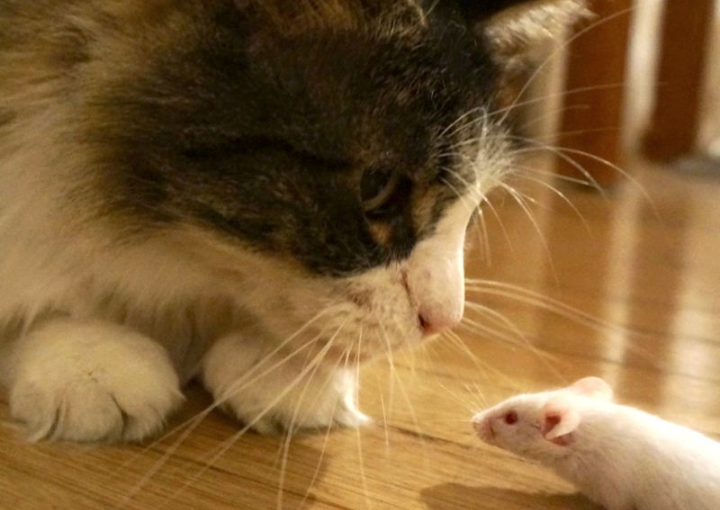This tiny brain parasite seems to make rodents braver—and it likes humans, too
Ars Technica » Scientific Method 2016-10-26

Enlarge (credit: Wendy Ingram)
You don’t have to watch Tom and Jerry cartoons to know that mice run away from cats. Mice and rats are born with an innate, hardwired fear of their feline predators, and the very scent of a cat is terrifying to them. So it was quite a surprise when in 2000, parasitologist Joanne Webster found rats that had not only lost their fear of cat urine, they were attracted to it. The key feature of these rats? They were infected by the parasite Toxoplasma gondii.
This phenomenon, which Webster dubbed “fatal feline attraction,” is particularly fascinating given the peculiarities of the parasite. Toxoplasma, or Toxo for short, is seemingly able to infect just about any warm-blooded animal anywhere in the world—dogs, cows, kangaroos, koalas, chickens, pigeons, sea otters, dolphins, et al.
Yet despite its ubiquity, Toxoplasma reproduces sexually only in cats. One idea is that if Toxo-infected mice and rats become easier prey, the parasite can get into cats and complete its lifecycle. It’s a compelling story, and one made even more so by the fact that Toxo also hangs out in the brain cells of its hosts—a great location for a mind-manipulating parasite.